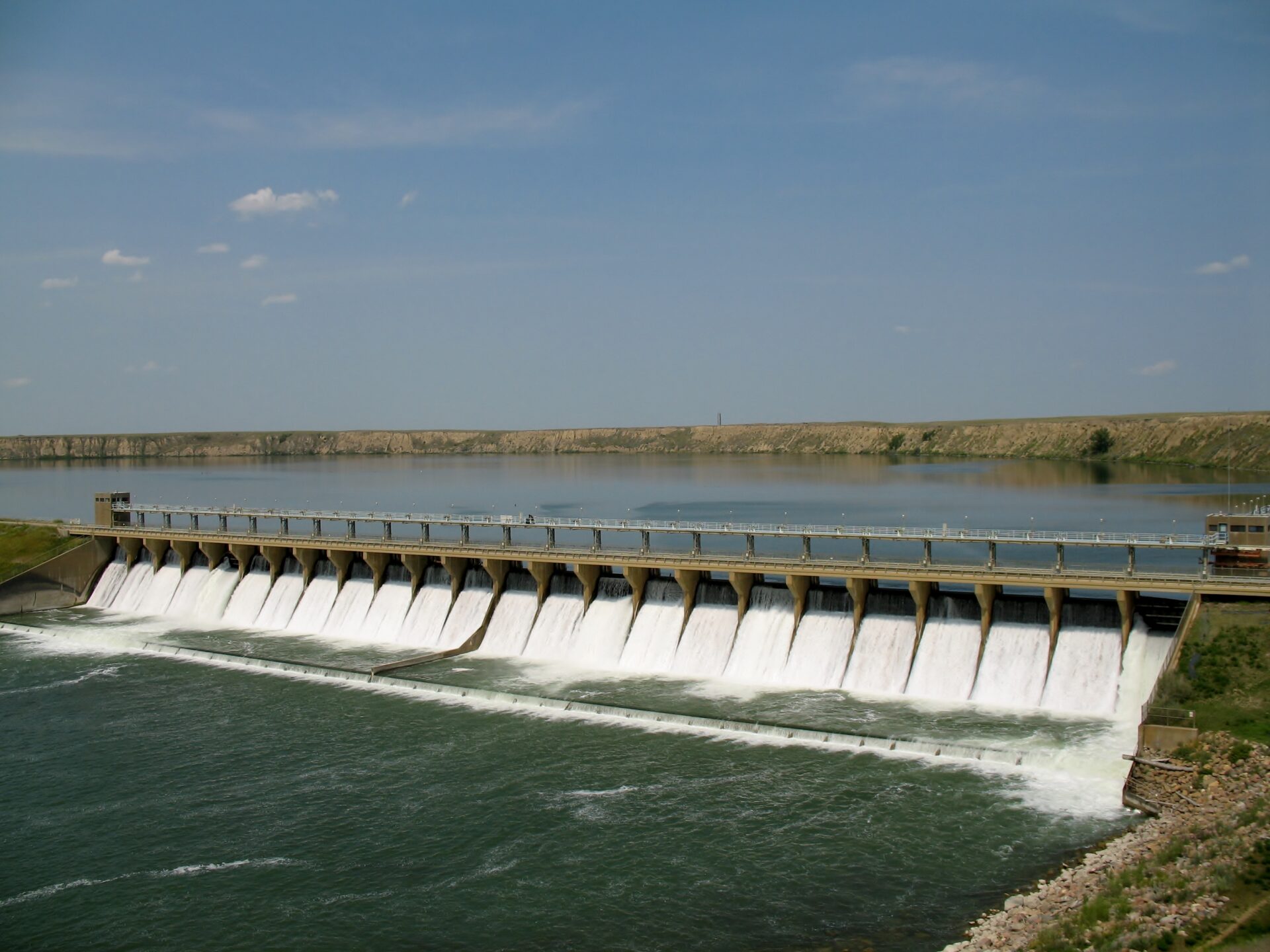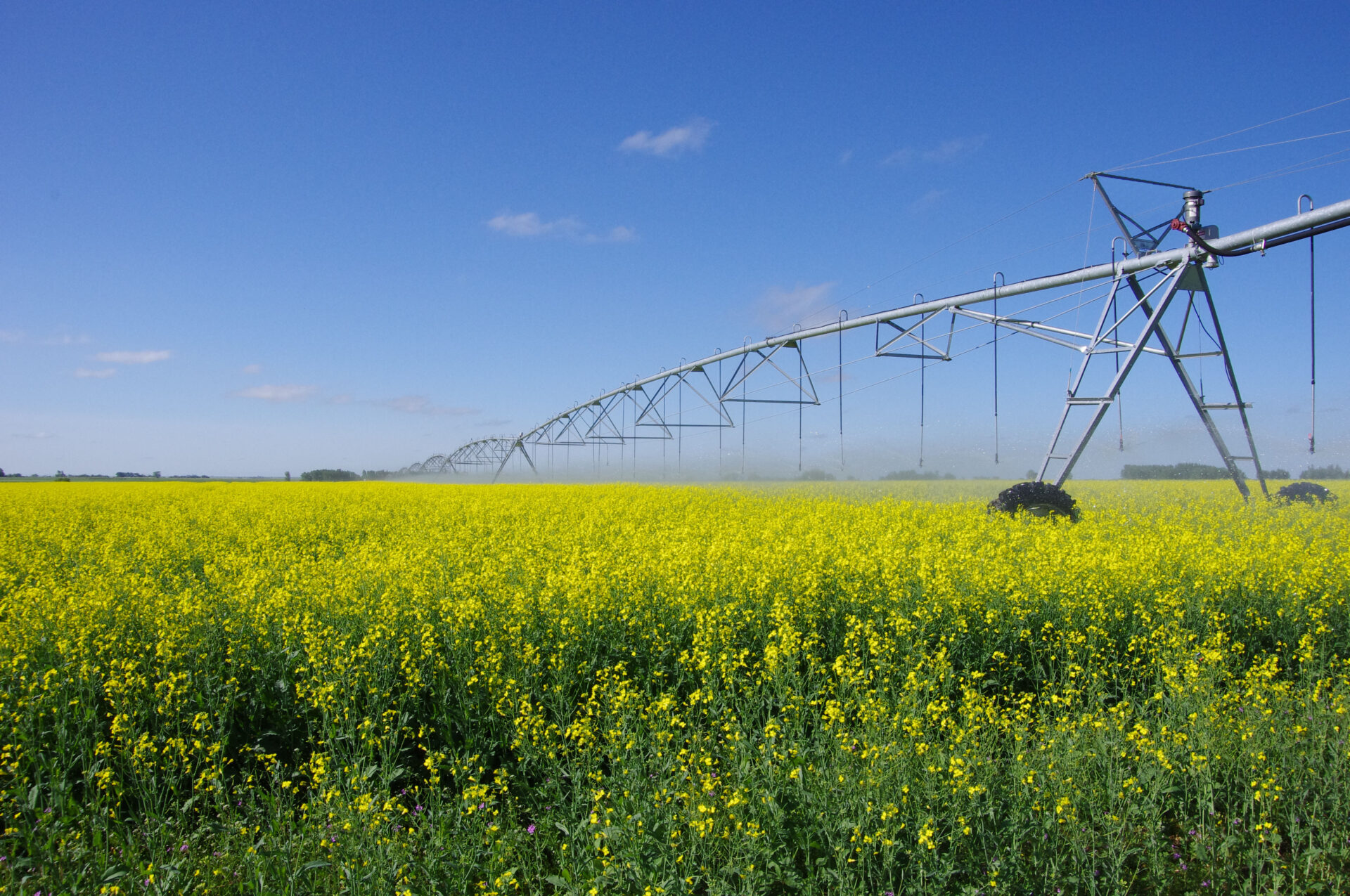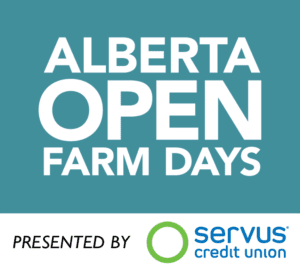
The Eastern Irrigation District – A Lifeline Through Water

The Eastern Irrigation District (EID) serves as an agricultural and environmental cornerstone in southern Alberta, where water management shapes not only the land but also the lives of farmers, industries, and wildlife. Located along the Bow River and spanning more than 1.5 million acres, the EID manages a complex network of reservoirs, canals, and pipelines to ensure water flows efficiently to meet diverse demands. With a history rooted in engineering innovation and community resilience, the EID plays a crucial role in supporting Alberta’s agricultural economy while adapting to modern environmental challenges.
The 2025 Alberta Open Farm Days, themed around “Water: The Lifeblood of Every Farm,” provides an opportunity to explore how water management through systems like the EID ensures sustainability for Alberta’s agriculture and communities. By delving into the past, present, and future of the EID, this story showcases the critical importance of water as both a resource and a legacy.
Shaping the Landscape: The Origins of the EID
The EID’s roots trace back to 1903, when the Dominion Government granted 1.2 million hectares of land to the Canadian Pacific Railway (CPR) as part of a compensation package for building the transcontinental railway. This land, now known as the Palliser Triangle, was originally deemed unsuitable for agriculture due to its arid conditions. CPR, however, envisioned a thriving agricultural region enabled by irrigation and began constructing the Bassano Dam in 1910 to divert water from the Bow River.

The Bassano Dam
By 1935, following economic hardships and droughts, the CPR transferred ownership of the irrigation infrastructure to local farmers, officially forming the Eastern Irrigation District. The newly established district inherited over 404,000 hectares of land, a robust irrigation network, and a shared commitment to transform the area into a productive agricultural hub.
Water Licenses: Legal Foundations for Water Management
Managing water across the EID’s vast territory requires more than just infrastructure—it demands compliance with Alberta’s Irrigation Districts Act and Water Act. These legal frameworks ensure that water use remains sustainable and equitable. Under the Water Act, the EID holds licenses that permit it to divert water from the Bow River through the Bassano Dam. These licenses come with strict parameters, including maximum diversion limits and specific reporting requirements.
The Irrigation Districts Act provides governance over water delivery and ensures the district operates efficiently to meet user needs. It outlines the responsibilities of the EID, which include:
- Conveying and delivering water through the district’s irrigation network.
- Maintaining the economic viability of the region through efficient water management.
- Constructing, operating, and maintaining the district’s irrigation works.
- Supporting municipal, industrial, environmental, and recreational water needs.
Additionally, the EID conveys water for other license holders, requiring them to report their water usage to the provincial government. This integrated licensing system allows the EID to balance agricultural productivity with environmental conservation and community needs.
Daily Operations: Balancing Efficiency and Sustainability
The water that flows through the EID begins its journey as snowmelt in the Rocky Mountains. Snow pillows on peaks like Lost, Little Elbow, and Mount Odlum gradually release water into the Bow River, feeding the irrigation system. At the Bassano Dam, water is diverted into the EID’s extensive network, which includes 600 kilometers of canals, 1,450 kilometers of underground pipelines, and 13 reservoirs strategically positioned across the district.
The EID operates with a high degree of precision. Farmers are required to give 48 hours’ notice before irrigating and 24 hours’ notice before stopping, ensuring the district can manage water levels efficiently. Fifteen Water Operators monitor and adjust water flows across the network, coordinating deliveries to more than 315,000 acres of irrigated farmland, along with municipal, industrial, and wildlife habitat needs. These operators also control water storage in reservoirs, allowing the district to meet fluctuating demand and mitigate drought risks.
About 54% of the district’s water flows through reservoirs, while 46% is delivered directly from the Bow River without storage. This dual system allows the EID to maintain flexibility in response to weather conditions, demand changes, and seasonal needs.
Supporting Communities, Industry, and Ecosystems
The EID’s operations extend beyond agriculture, providing water to municipalities, industries, and environmental habitats. The district delivers water to a population of more than 22,500 residents and helps sustain over 12,000 hectares of managed wetlands, critical for local wildlife. During flood events along the Bow River, the EID plays a crucial role by diverting excess water into its conveyance system, reducing downstream pressure and protecting communities from damage.
The district also manages extensive drainage infrastructure. Natural and constructed drains spanning 2,000 kilometers help remove excess water from farms and redirect it into the river system. These drainage systems are essential for preventing property damage during extreme weather events, such as heavy storms. In addition, many municipal road ditches flow into the EID’s drainage network, highlighting the district’s importance in protecting both public and private infrastructure.
Technology and Innovation: Building Resilience
As climate patterns shift, the EID has embraced technology to enhance water management. Automated systems now monitor water levels, track orders, and forecast demand in real-time, allowing the district to respond quickly to changes. Digital tracking also ensures accurate reporting and helps the EID meet the stringent requirements of its water licenses.
Reservoirs remain a key component of the district’s strategy for resilience. By capturing water during high-flow periods, the reservoirs provide a buffer against droughts, ensuring that users have access to water even when river levels are low. The EID’s North and South Divisional Superintendents oversee operations, ensuring water flows smoothly across the district and addressing any maintenance needs.
“We rely on technology to keep everything running efficiently,” shared an EID representative. “It’s all about making sure the right amount of water reaches the right places at the right time, whether for farms, communities, or wildlife.
Challenges and Triumphs: A History of Adaptation
Water management in the EID requires balancing competing interests—agriculture, environmental conservation, industry, and community needs. The district has faced significant challenges, particularly during periods of drought. However, through collaboration with government agencies, neighbouring districts, and local stakeholders, the EID has maintained reliable water access even during dry years.
One recent triumph has been the district’s ability to mitigate flood risks along the Bow River. By diverting floodwaters into its conveyance system, the EID has successfully reduced downstream flows and prevented infrastructure damage. These efforts demonstrate the district’s commitment to safeguarding both natural and human environments.
Looking Ahead: Water as the Heartbeat of the EID
As the EID looks toward the future, it remains focused on sustainability and innovation. New conservation technologies, improved reservoir management practices, and automated water delivery systems ensure that the district can continue to meet the needs of Alberta’s agriculture, industry, and communities.
“Our mission goes beyond delivering water—it’s about creating a sustainable future,” reflected an EID representative. “Water is the heartbeat of everything we do, from supporting farms to protecting ecosystems. That’s the legacy we aim to leave for future generations.”
The 2025 Alberta Open Farm Days will take place on August 16 & 17, inviting visitors to explore Alberta’s farms and learn firsthand about the intricate water systems that sustain them. Until then, follow along on the Alberta Open Farm Days website and social media channels (Facebook & Instagram) for more stories about the vital role of water in shaping Alberta’s landscape and communities!

